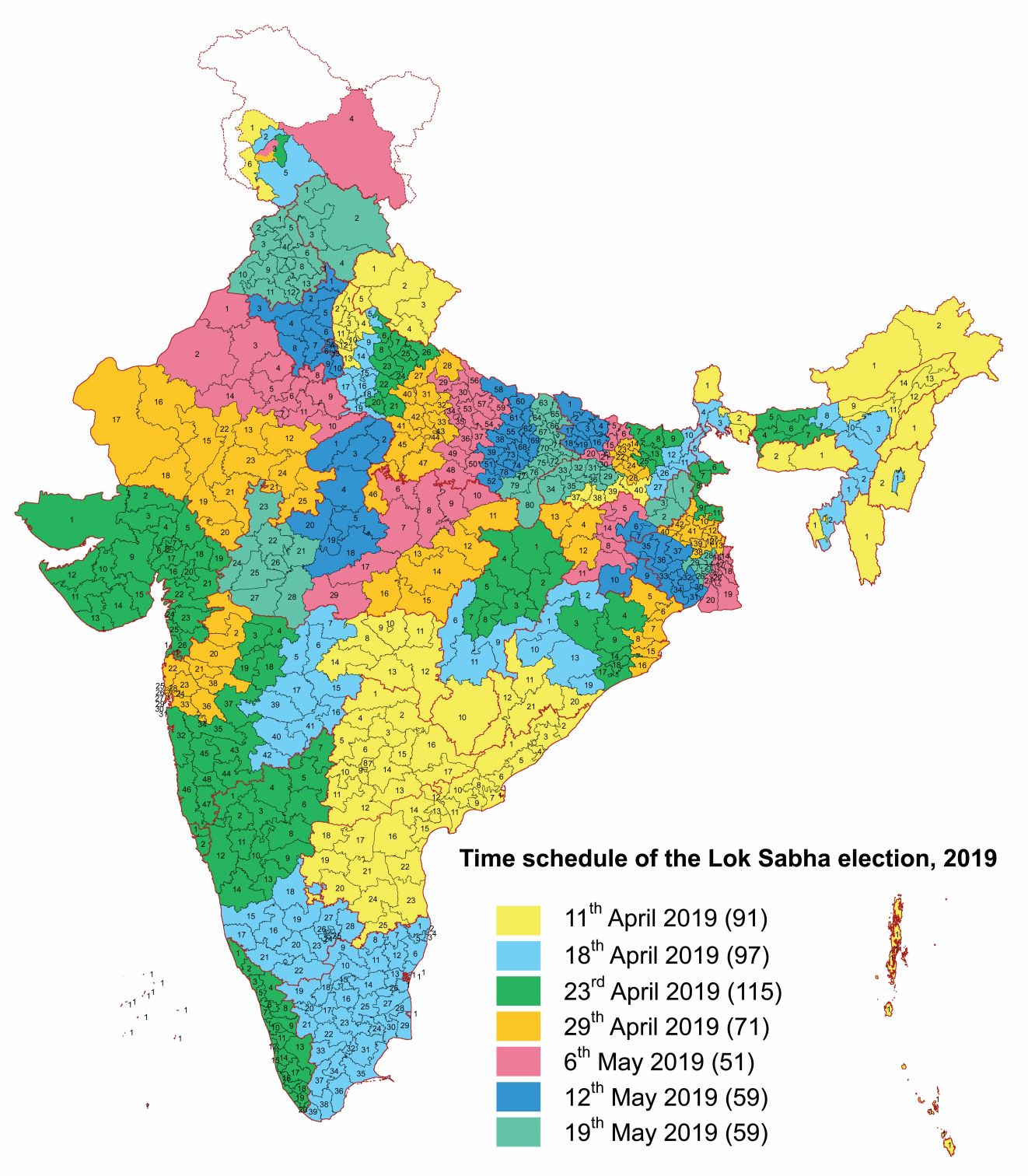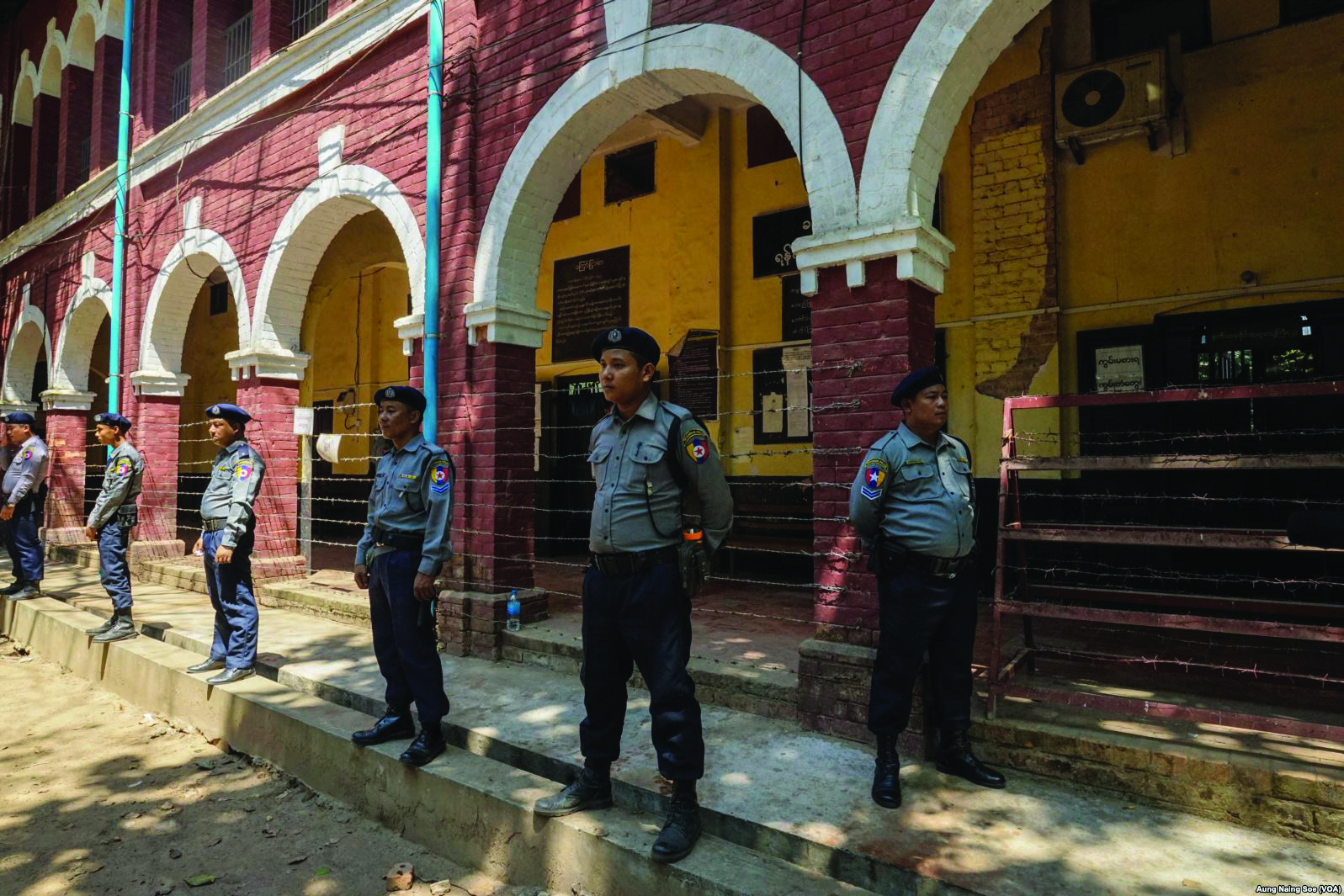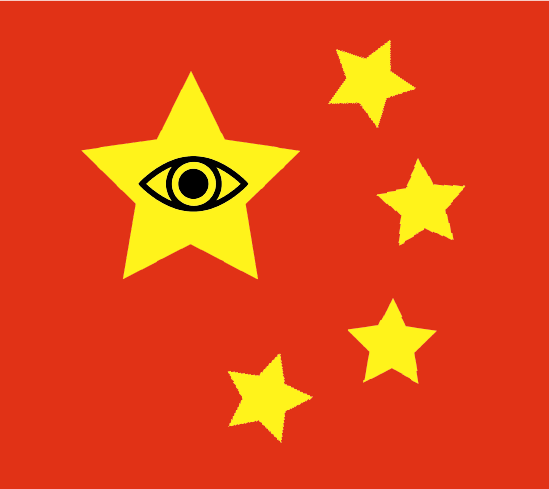The third phase of India’s seven-phase general elections came to a close on April 26.
The Indian elections are divided into seven phases in order to make it easier to maintain a “peaceful, free and fair process,” according to The New York Times. The Indian government lacks enough public workers to have every voter across the country vote in one day, so instead the process is divided into seven regions. In each phase, voters of one region cast their ballot. In the end, all votes are totaled for a final count.
India, the world’s largest democracy and the second most populous country in the world, has five national political parties and over 2,000 smaller parties registered in this year’s general election. Citizens are voting to fill a new parliament who will then select a prime minister.
Phase one of the elections began April 10, but the seventh stage is not set to start until May 19. Final results are expected to be announced on May 24.
“The Election Commission criteria is that we have to provide a polling station for every person within a two kilometer radius,” Deputy District Election Officer Vinod Chandra Prajapati told CNN.
According to CNN, five officials ventured 60 kilometers into the forest in order to uphold this policy. Bharatdas Darshandas is a priest who lives alone in the Gir forest. Officials have traveled to his home every year to set up a voting station for him.
Indian Prime Minister Narendra Modi is the leader of the Bharatiya Janata Party, which currently holds a majority in parliament. The BJP was the first political party in 30 years to claim an outright majority in the legislative body, according to The New York Times.
A political party in parliament needs 272 seats in order to have an overall majority. The BJP promotes a Hindu-nationalist ideology and is pushing for the emphasis of the Hindu religion in textbooks. According to The New York Times, India’s minorities “say they feel increasingly afraid.”
For the first time in India’s history, women are more likely than men to turn out to vote. In the 2014 general election, women had almost closed the gender gap with a 65.3% turnout in comparison to 67.1% turnout for men.
With a 450 million person workforce and 10 million new workers per year, India’s rising unemployment rate is one of the key issues of the 2019 general elections. In February 2019, the unemployment rate was 7.2%. This is the highest India’s unemployment has been since September 2016. The Association for Democratic Reforms has revealed the issue as a top priority for voters.
BJP’s main opposition, the Congress Party, has released several statements with proposals to cut the unemployment rate in half, according to Reuters. During the 2014 elections, Modi promised to generate more jobs, but according to The Economic Times, has failed to deliver.
According to Reuters, approximately half of India’s population works in farming. This sector of the population has been calling for more support from the government. When the Congress Party gained power in three of the largest rural states, the BJP guaranteed small farmers 6,000 rupees, the equivalent of $86.22.
Reuters also reported the Congress Party promised rural farmers 150 work days a year as well as an annual handout of 72,000 rupees, or $1,031.71, to the poorest families if they were to win the general elections.






